Browser Use vs Browserbase: Comparison, Reviews, and Alternatives
Compare Browser Use and Browserbase for web automation. Learn which AI-powered browser automation tool fits your needs and discover better alternatives.
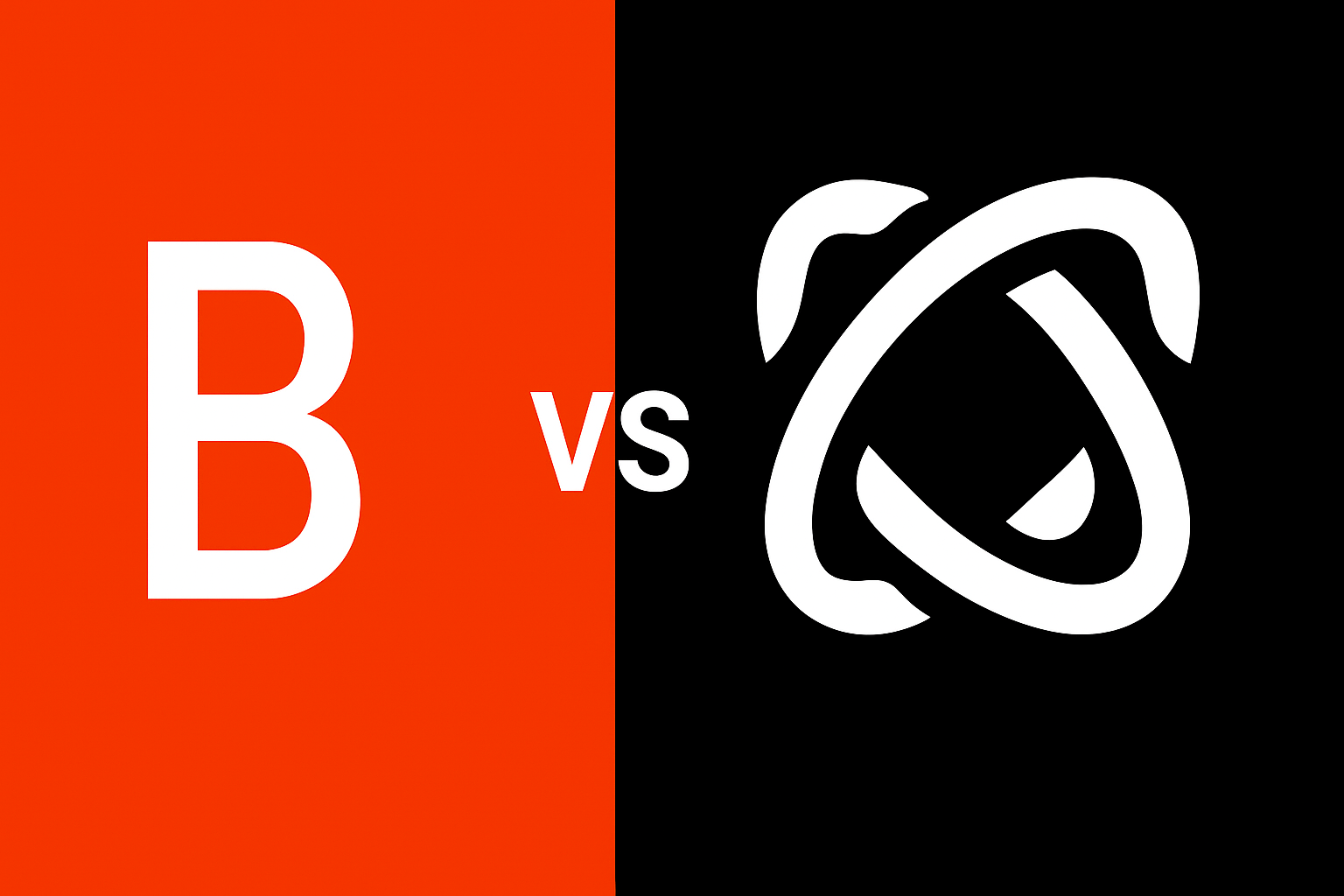
AI Browser automation tools are hot right now because it allows builders to solve thousands or problems people never thought possible (or too small to do). Both Browserbase and Browser Use are popular startups that help with different areas of the stack.
This guide walks through who they are, what they do, and what the best alternatives are, like Skyvern, for AI automation.
TLDR:
- Browser Use is a popular open source AI browser automation project that lets you connect AI agents to the web
- Browserbase provides excellent cloud infrastructure for traditional automation but lacks advanced AI features
- Traditional tools like Selenium and Playwright rely on brittle selectors that break with website changes
- Skyvern combines AI-native automation with flexible deployment options, eliminating the trade-offs between intelligence and reliability
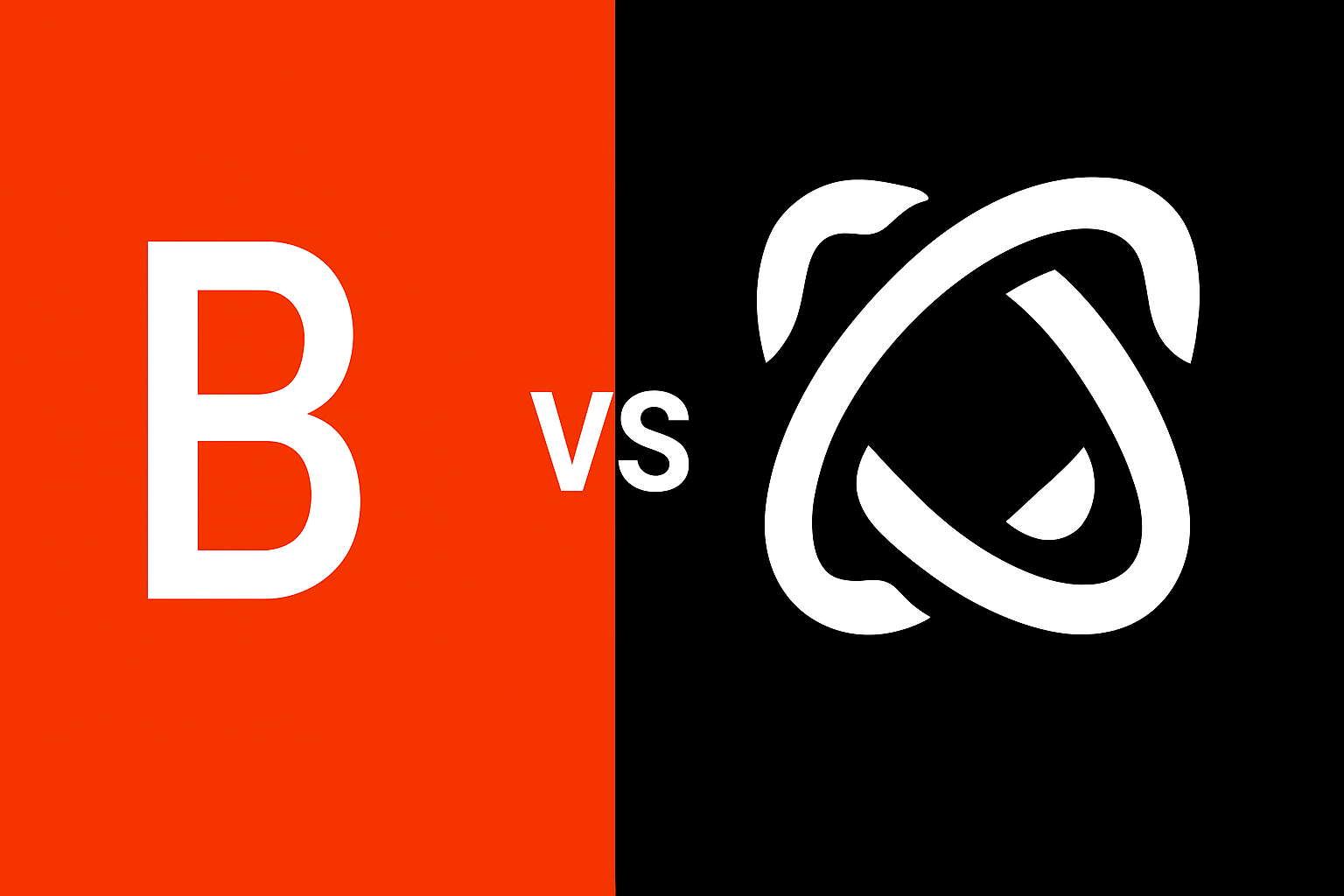
What is Browser Use
Browser Use is an open-source Python automation library that lets AI agents interact naturally with web pages. This tool allows LLMS to naturally manipulate web pages by combining AI and browser automation techniques. The library supports visual recognition, multi-tab page management, custom actions, and integrates AI features with browser automation to handle complex interaction scenarios.
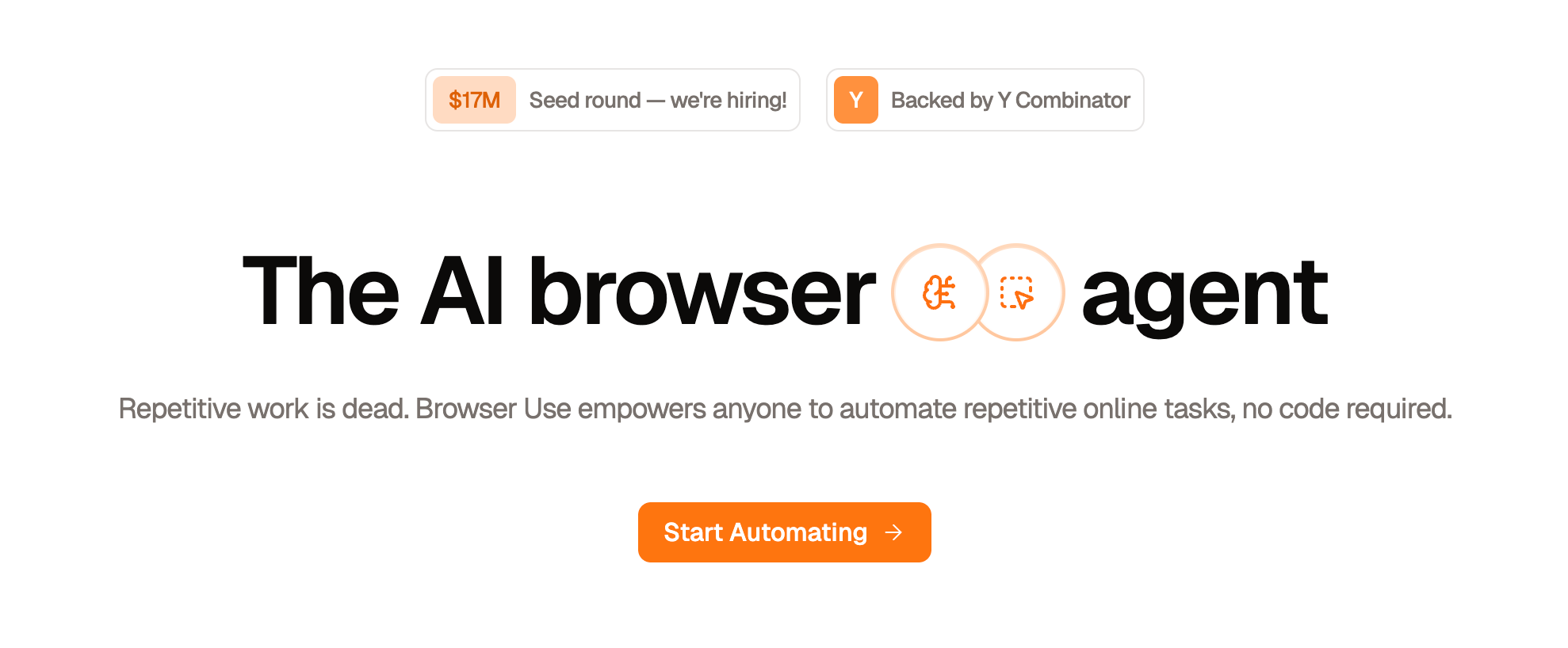
What makes Browser Use interesting is its AI-first approach to web automation. It provides a powerful and flexible framework that supports a wide range of mainstream language models, including 4O, Sonnet/Opus 4, and others. The tool is designed for developers who need to automate large-scale web operations and want to use the power of AI for browser interactions.
Browser Use shows the evolution of browser automation toward AI-powered solutions. It's particularly valuable for teams building AI-powered automation solutions that need to handle complex scenarios where traditional rule-based automation fails.
However, Browser Use still requires major technical expertise to set up and maintain. While it offers impressive AI features, scaling can be challenging without proper infrastructure management. This is where more complete solutions like Skyvern's AI automation provide both the AI features and the infrastructure needed for production workloads. We'll get into that later.
What is Browserbase
Browserbase offers a reliable, high-performance infrastructure platform to run, manage, and monitor headless browsers at scale. The platform allows developers to automate web tasks by running and managing headless browsers on a large scale, particularly useful for applications like AI agents, workflow automation, and web scraping.
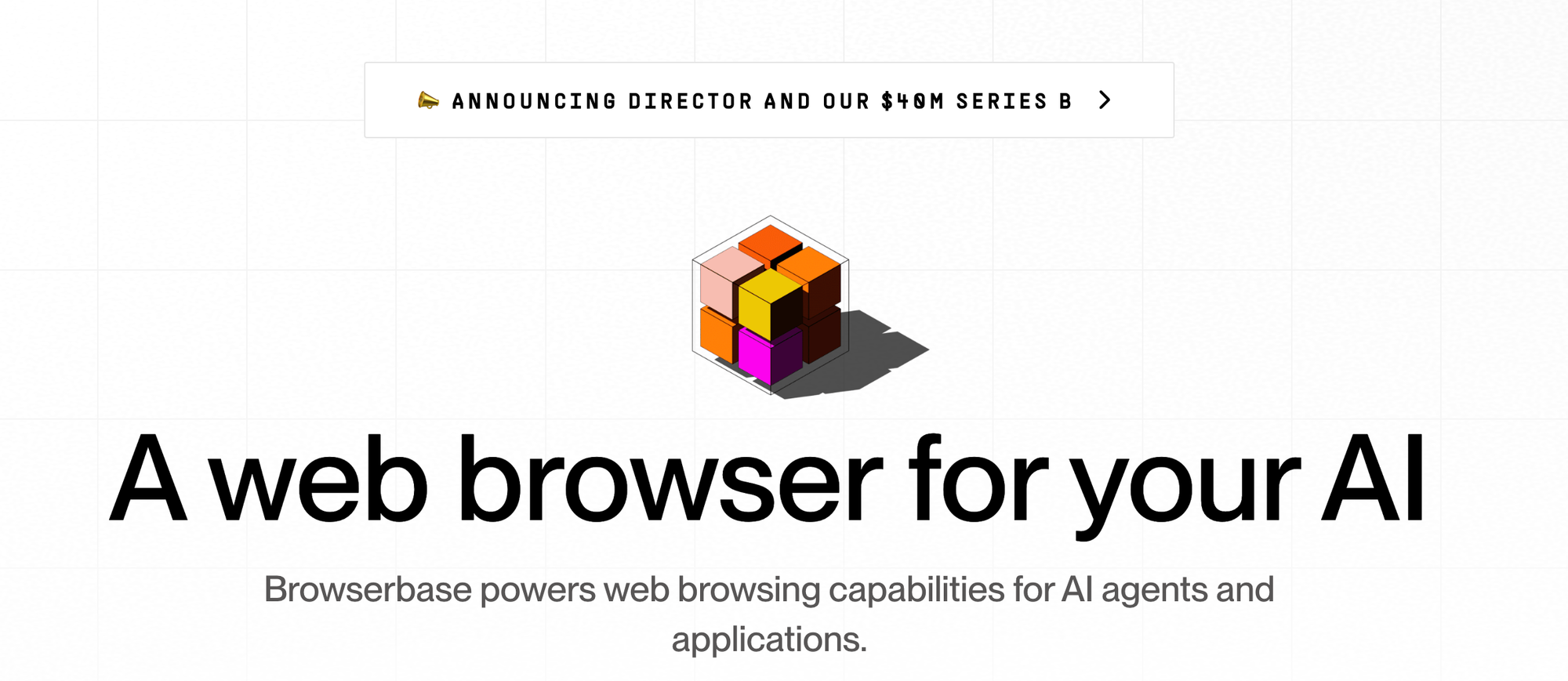
The platform provides managed browser infrastructure with features like managed captcha solving, residential proxies, and fingerprint generation to keep automations running smoothly. Browserbase includes intelligent proxy selection and configurable browser fingerprints to help automations avoid detection.
Browserbase is the infra layer, so it's compatible with Puppeteer and Selenium, allowing developers to use the platform without changing their existing scripts.
The platform can quickly start thousands of browsers in milliseconds due to its serverless infrastructure, eliminating the need to manage underlying hardware or servers.
While Browserbase excels at providing managed infrastructure, it primarily serves as a hosting platform for traditional automation frameworks.
Browser Use vs Browserbase: Which Should You Choose
When comparing Browser Use and Browserbase, the choice depends on your specific automation needs and technical requirements. Browser Use excels for teams building AI-native applications that require intelligent web interactions, while Browserbase provides strong cloud infrastructure for traditional automation frameworks.
Browser Use is especially suitable for developers who need to automate large-scale web operations and perform web automation, data collection, and batch operations. Its AI-first approach makes it ideal for complex scenarios where traditional rule-based automation fails. However, it requires technical expertise to set up and maintain, and scaling can be challenging without proper infrastructure.
Browserbase helps teams automate the web by building browser infrastructure that removes the need for customers to manage underlying systems. The platform can spin up thousands of browsers instantly, making it excellent for teams that want automation features without infrastructure management overhead.
But here's the thing: both solutions have limitations that force you to make compromises. Browser Use offers AI features but lacks enterprise-grade infrastructure. Browserbase provides infrastructure but limited AI features.
Modern automation shouldn't require choosing between intelligence and reliability. Teams need solutions that handle complex reasoning while providing enterprise-scale infrastructure. This is exactly what platforms like Skyvern deliver: advanced AI automation with flexible deployment options, eliminating the need to choose between competing priorities.
Whether you're automating invoice processing or managing complex workflows, the ideal solution combines AI features with scalable infrastructure in a single platform.
Skyvern is the Best Browser Use / Browserbase Alternative
Skyvern is the next generation of browser automation by combining AI features with enterprise-grade infrastructure while solving fundamental problems that other solutions can't handle. Unlike traditional automation tools that break when websites change, Skyvern uses computer vision and LLMs to understand web pages the same way humans do.
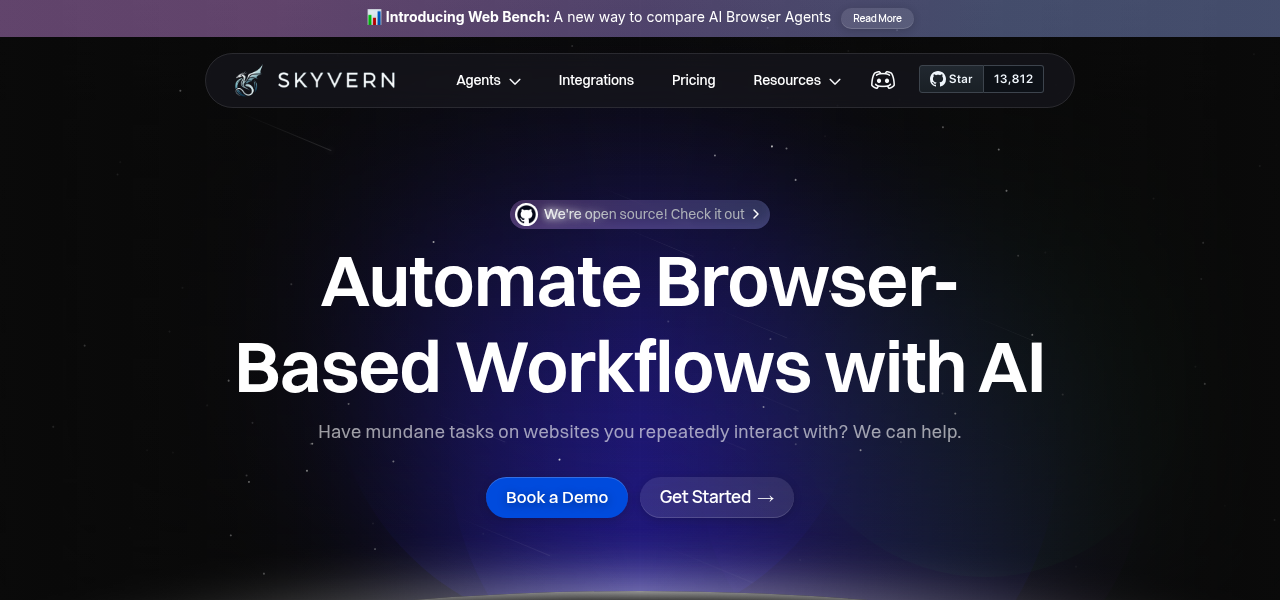
The key differentiator is Skyvern's visual understanding approach. While Browser Use still relies on DOM manipulation and Browserbase simply provides infrastructure for traditional automation frameworks, Skyvern operates on websites it has never seen before without requiring customized code.
This feature comes from our unique combination of LLM reasoning and computer vision that maps visual elements to actions necessary to complete workflows. Skyvern can take a single workflow and apply it to a large number of websites because it reasons through the interactions necessary to complete tasks.
Our platform includes advanced features absent from both competitors:
- Native TOTP/2FA support for secure automation
- Sophisticated CAPTCHA solving using AI
- Complex reasoning tools for changing scenarios
- Multi-step workflow chaining for complete automation
- Visual recognition that works across different website layouts
Skyvern's open-source foundation provides transparency and customization options that managed services like Browserbase cannot offer. Teams can inspect, modify, and extend Skyvern's features while benefiting from our managed cloud offering for production workloads.
Skyvern uses LLMs to reason through interactions and handle coverage of complex situations that would break traditional automation tools.
For teams looking at browser automation solutions, Skyvern eliminates the trade-offs. You get AI-native automation that's more reliable than traditional tools, infrastructure flexibility that matches any managed service, and the transparency of open-source development.
This combination makes Skyvern the optimal choice for modern browser automation needs. Whether you're handling simple form filling or complex multi-step workflows, our visual understanding approach provides reliability that selector-based tools simply cannot match.
Feature Comparison Table
| Feature | Browser Use | Browserbase | Skyvern |
|---|---|---|---|
| AI Integration | Native AI agent support | Limited AI features / separate project | Advanced LLM + Computer Vision |
| Programming Languages | Python | Multiple (via frameworks) | Python + API |
| Browser Support | Chromium-based | Chrome, Firefox, WebKit | All major browsers |
| Cloud Infrastructure | Self-hosted only | Fully managed cloud | Both self-hosted & cloud |
| Anti-bot Detection | Basic | Advanced proxy network | Built-in stealth features |
| Form Handling | AI-powered | Framework dependent | Native AI form filling |
| Cost | Open source + cloud | Subscription-based | Open source + enterprise plans |
| Setup Complexity | Medium | Low (managed) | Low (simple API) |
| Scalability | Unknown | High | High (with enterprise) |
| Visual Recognition | Yes | No | Advanced computer vision |
| CAPTCHA Solving | Limited | Built-in | Advanced AI solving |
| 2FA Support | No | No | Native TOTP support |
- Browser Use brings AI features but lacks enterprise infrastructure.
- Browserbase provides excellent infrastructure but limited AI features.
- Skyvern combines the best of both worlds while adding unique features like native 2FA support and advanced visual recognition.
FAQ
What's the main difference between Browser Use and Browserbase?
Browser Use is an AI-powered automation library that has both self-hosting and cloud options. Browserbase is a managed cloud infrastructure platform for running traditional automation frameworks at scale. Browser Use focuses on AI features, while Browserbase focuses on infrastructure management.
Which tool is better for beginners?
It depends. If you're not a developer, Browser Uses's cloud platform will be more valuable because Browserbase requires you to build your own automations on top of them (even though their Stagehand SDK is growing). Skyvern is likely the best option for you though here.
Conclusion
Look, both Browser Use and Browserbase are good tools for what they are, with Browserbase being more infra-focused than Browser Use. We're a bit biased, but we think Skyvern offers the most functionality for devs and non-devs, startups and enterprises, and those who want to self-host or use a fully managed service.
Browser automation lets people solve tons of problems that they couldn't before, so thanks for reading this guide and we'd love you to check us out!

